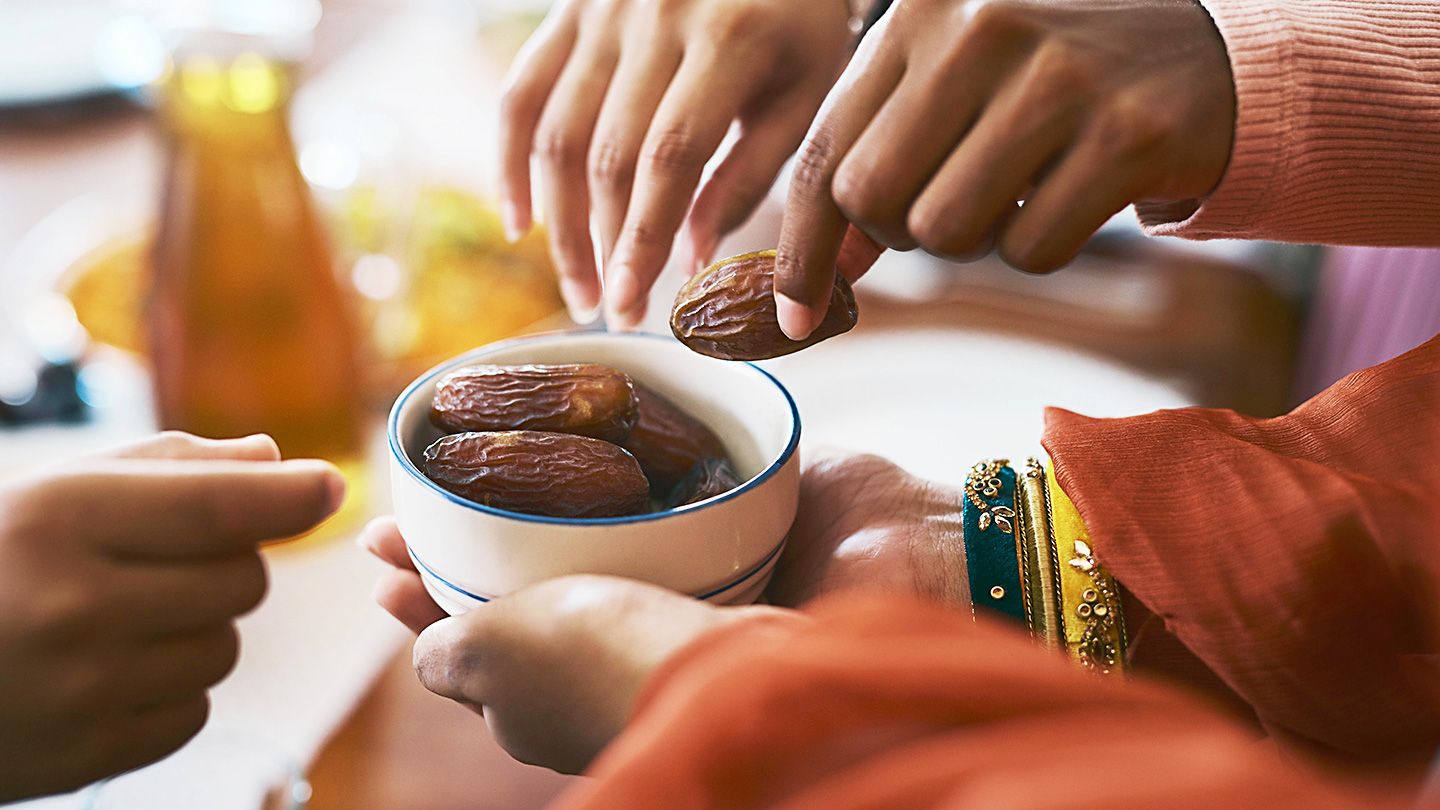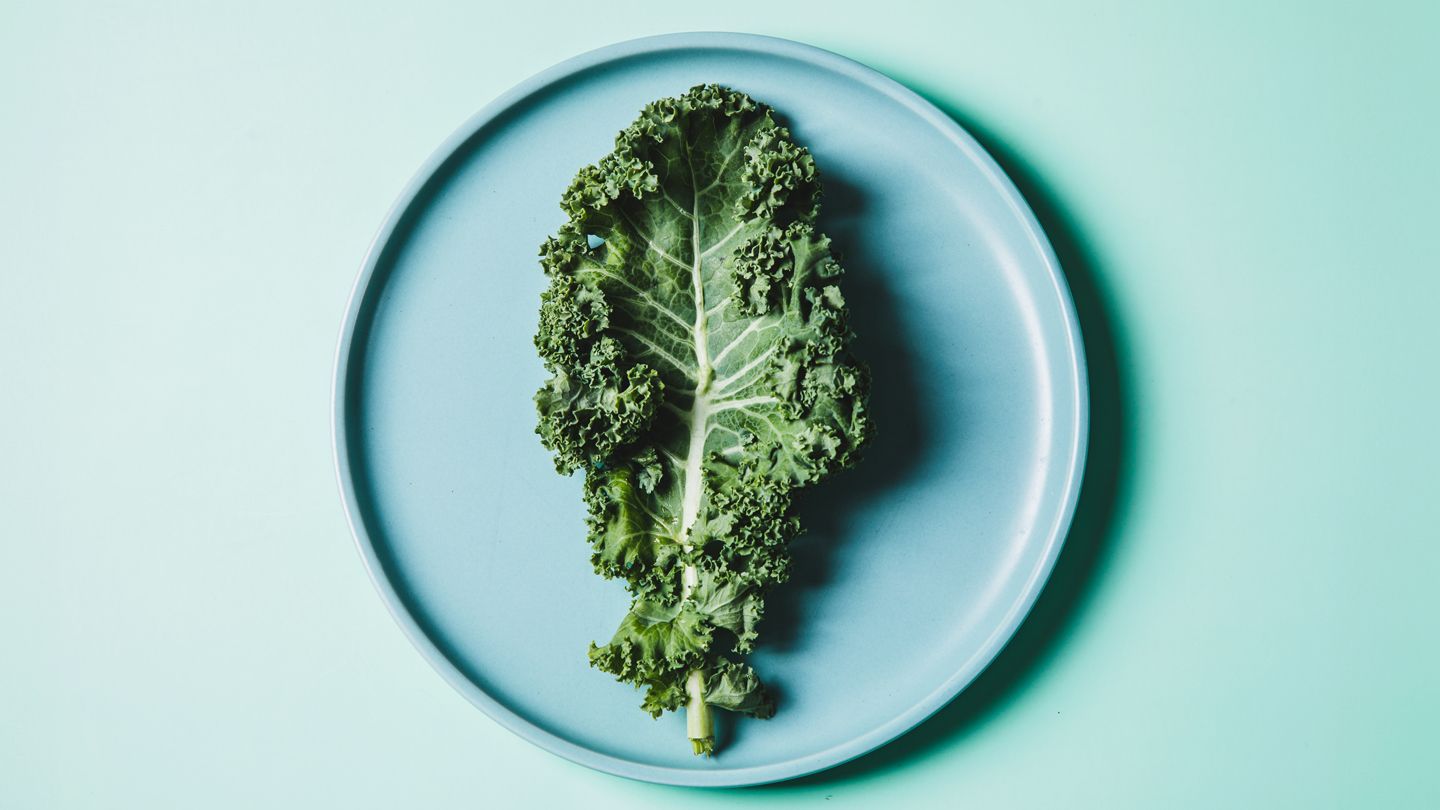The Origins and History of Ricotta Cheese
Ricotta cheese traces its origins to the Mediterranean region, where evidence indicates it has been produced since antiquity. The name ricotta comes from the Italian language, literally meaning recooked - referring to how authentic ricotta is made by reheating the whey left over from cheese production.
Ricotta Cheese Production Methods Through History
In the early days, ricotta was made by heating the whey from sheep, goat, buffalo or cow milk until the proteins denatured, forming curds which could then be collected, drained and pressed into the fresh white cheese we know today. This artisanal process is still used for high quality ricotta production around Italy and the Mediterranean.
Towards the late 20th century, technological advancements enabled ricotta to be made using whole milk instead of leftover whey. This mass production method relies on heating whole milk to a higher temperature and adding acids such as vinegar or citric acid to coagulate the curd.
Traditional Handcrafted Ricotta vs Modern Factory Produced
While most ricotta today uses the efficient industrial production methods, there is still significant demand for the premium handcrafted product, which is generally considered superior in richness, sweetness and delicate flavor notes.
Appearance, Texture and Taste of Fresh Ricotta Cheese
The Distinctive Color and Texture
True ricotta cheese has a milky white hue and creamy, moist texture resembling cottage or pot cheese but lighter. Good ricotta should have a fluffy texture from the fine curds created through slow heating of the whey, which gives it a soft spreadable quality perfect for stuffing into ravioli or topping baked dishes.
Ricotta Flavor Profile
The taste of fresh ricotta is one of a kind - sweet, mild and fresh, almost like milk and cream. It has a predominantly milky aroma and clean dairy flavor with fruity, floral notes. Unlike aged cheeses, ricotta has very little saltiness but rather a natural sweetness with a tangy, banana undertone.
Different Types of Ricotta Cheeses
Ricotta Salata
After the soft curds for ricotta are collected, they can be pressed, salted and aged to produce ricotta salata. This firmer, salty variety grates wonderfully over pasta or salad.
Ricotta Affumicata
Another popular ricotta variation is the smoked ricotta, known as ricotta affumicata in Italian. Here, fresh ricotta undergoes several days of cold smoking to impart a rich smoky aroma and bacon-like flavor.
Ricotta Forte
Sicilian ricotta forte begins its life as fresh sheeps milk ricotta which ages for up to a year, intensifying in flavor as it progressively hardens. The end result is an intensely flavored, dry crumbled cheese perfect for grating.
How to Select a High Quality Ricotta
Check the Ingredients List
To find a genuinely traditional handmade ricotta, check that the ingredients list only contains milk (whey, sheep, cows or goats) and salt. Preservatives indicate a mass produced version.
Look for a Fresh White Color
Quality ricotta should always have a perfectly white hue without yellowing or graying, which indicates oxidization. Some premium varieties have a very faint cream tinge.
Seek Out Moist, Fine Textures
Scoop out a small amount and rub gently between your fingers - it should feel moist and smooth without detectable grains or curds.
Storing and Preserving Fresh Ricotta Cheese
Refrigeration is Essential
Due to the high moisture content, fresh ricotta is prone to rapid spoilage without proper chilling below 40F, so refrigerate immediately in an airtight container.
For Maximum Freshness, Use Within 5 Days
Store bought ricotta in good condition can last around 7-10 days chilled, but for absolute best flavor and texture it is ideal to use within 3-5 days of production.
Freezing Lets You Enjoy Ricotta Year Round
To extend its shelf life by several months, homemade or store bought ricotta can be frozen for prolonged preservation. Thaw overnight in the refrigerator before use.
Delicious Ways to Eat Fresh Ricotta Cheese
Sweet Ricotta Desserts
With its mild sweet creaminess, ricotta cheese shines through in both simple and elaborate dessert creations. It forms the basis of traditional Italian treats like cannoli, cheesecake and cassata.
Mix with Pasta, Pizza and Salads
The versatile fresh cheese pairs perfectly with pasta, gnocchi, ravioli fillings, lasagna, pizza, calzones and focaccia. It also gives extra richness to salads, bruschetta and crostini.
Ricotta Breakfasts
Start your day with ricotta blended into your morning oatmeal, pancakes, crepes, toast or even just a bowl simply topped with honey and fresh berries.
Interesting Facts About Ricotta Cheese
Ricotta Use Dates Back Over 1000 Years
While likely eaten since ancient times, ricotta first appears documented in Italian writings from as early as the 13th century. Its current name which translates to "recooked" was in use by the 16th century.
Italy Still Reigns Supreme
Modern commercial techniques have enabled mass production globally, but for those seeking authenticity Italian ricotta imported from the motherland is considered the pinnacle based on heritage and the higher quality milk from Mediterranean breeds of sheep and ancient water buffalo.
It's Not Actually a Cheese!
Despite the name and appearance, cheese experts argue whether ricotta classifies as true cheese or not based on technical definitions, as it is produced without starter cultures or enzymes for acidification and curd formation which occur naturally from heating.
FAQs
What is the difference between ricotta and cottage cheese?
The main difference is that ricotta is made from whey while cottage cheese is made from curdled milk. Ricotta also has a fluffier, creamier and more moist texture compared to the firmer, drier crumbs of cottage cheese. Finally, ricotta is slightly sweet with a milder flavor whereas cottage cheese is more salty and sour.
Does ricotta cheese contain lactose?
Yes, ricotta contains fairly high levels of lactose as it is made from whey, which still holds much of the lactose present in milk. People with lactose intolerance need to moderate their ricotta intake and potentially supplement with lactase enzymes.
How do you tell if ricotta has gone bad?
Fresh ricotta only lasts about a week after production. Signs it has spoiled include curdling, separation of whey, yellowing color, sour odor, mold growth and unpleasant flavors.
What is the best substitution for ricotta cheese?
Some good ricotta substitute options include cottage cheese, Greek yogurt strained overnight, soft goat cheese, fromage blanc, mascarpone, pot cheese or even milk combined with cream cheese, lemon juice and salt.
Disclaimer: This article is for informational purposes only and does not constitute medical advice. Always consult with a healthcare professional before starting any new treatment regimen.
Related Coverage
Learn all about convenient canned Kraft cheese spreads. How to use them in recipes, storage guidelines, common flavors, nutrition info, and more details....
Wondering if you can eat asparagus on keto? With only 3g net carbs per serving, asparagus is ideal for ketogenic diets. Learn its health benefits and tasty recipe ideas....
Is ricotta keto? Get the facts on using ricotta and other cheeses when following a ketogenic diet. Learn the best low-carb cheese options....
Some popular mixed drinks like Long Islands and frozen Margaritas are cloyingly sweet, artificial-tasting, and poorly balanced. Discover better cocktails to order instead....
Struggling to stick with the high fat, low carb keto diet? Follow these 10 simplicity tips for ...
Kimchi's active fermentation and fiber content makes it fit low-carb keto guidelines. Enjoy probiotics, anti-inflammatory effects and antioxidants by regularly adding kimchi....
Wondering if cottage cheese is keto-friendly? Find out everything you need to know about adding this nutritious high protein snack to your low carb diet....
Dates are too high in carbs for keto diets. Find out which low-carb fruits can fit into a keto eating plan, like berries, avocado, tomatoes and olives....
Kale salad delivers vitamins, minerals, fiber and antioxidants for nutrition and wellness. Pairing kale with fruits, proteins, grains and healthy fats boosts benefits....
Croutons are surprisingly carb-heavy, with 10 to 25 grams per serving. Learn how to count carbs and choose the best keto-friendly substitutes for salad crunch....









